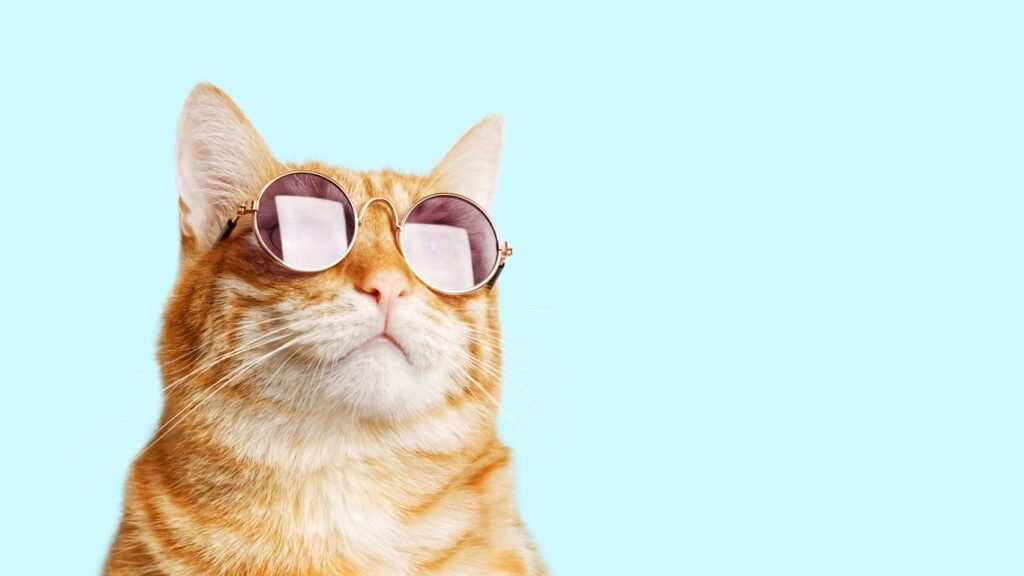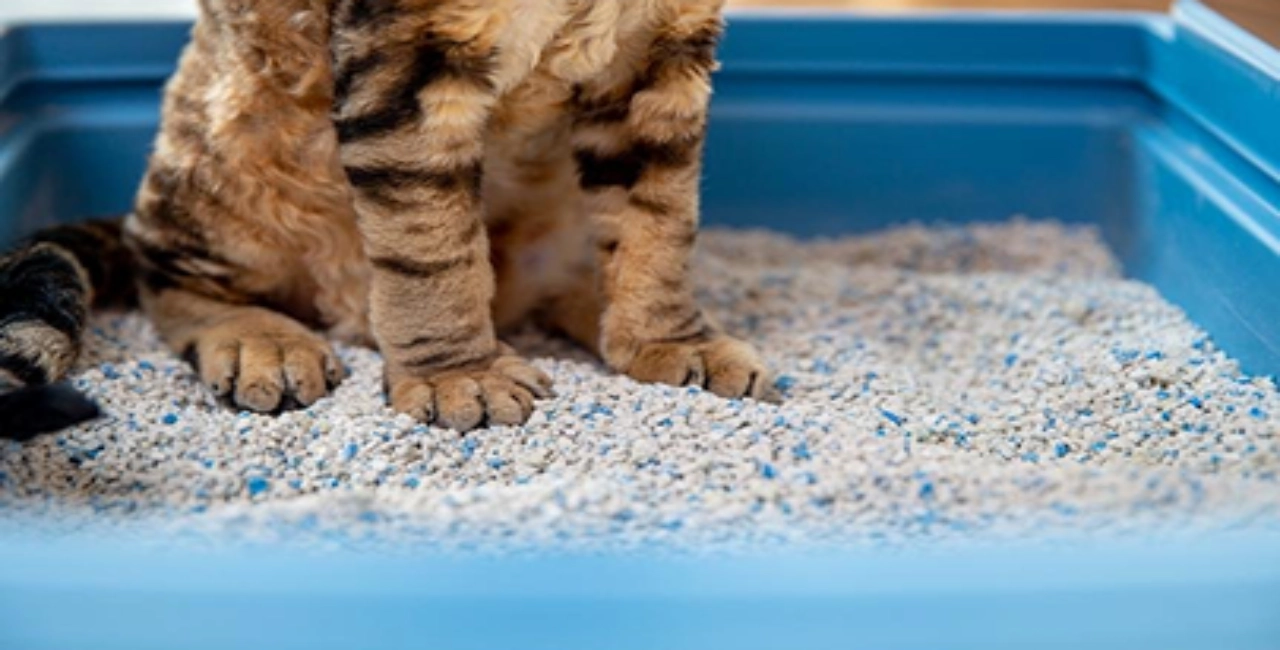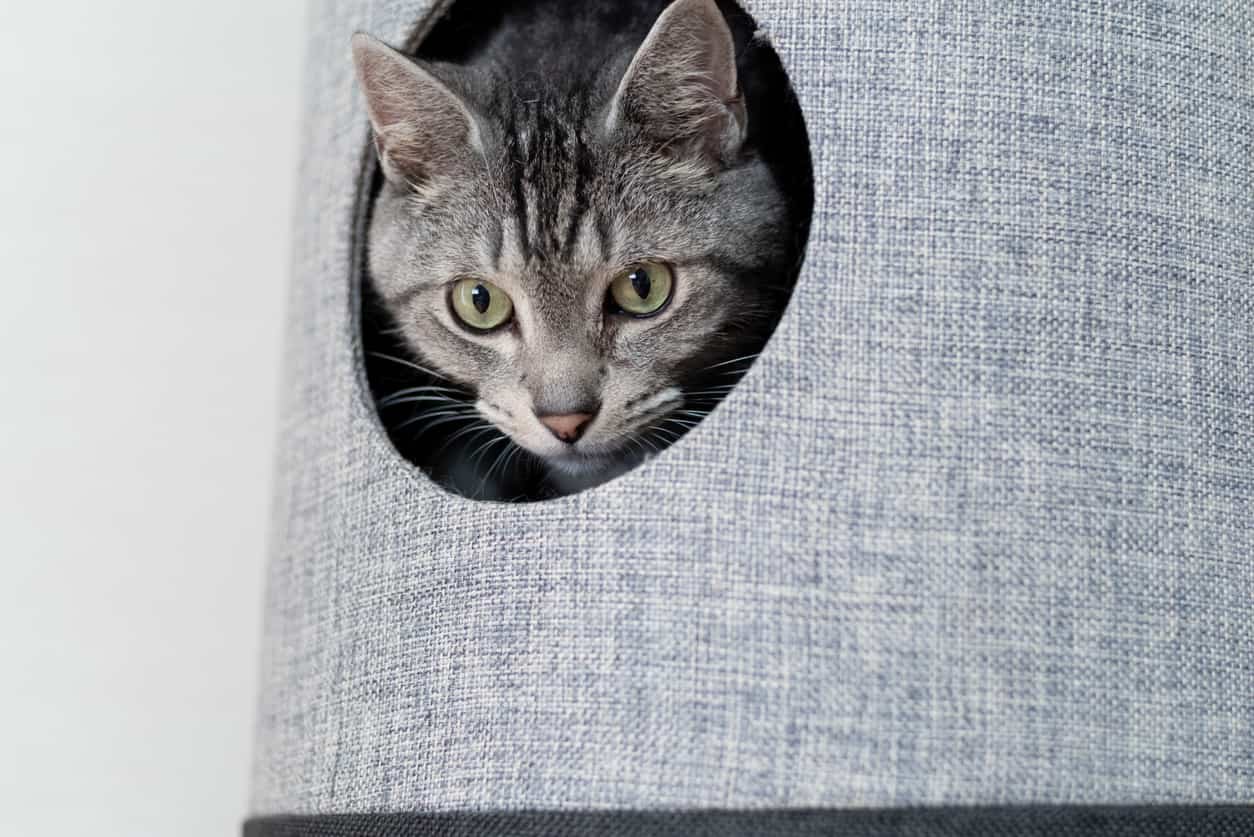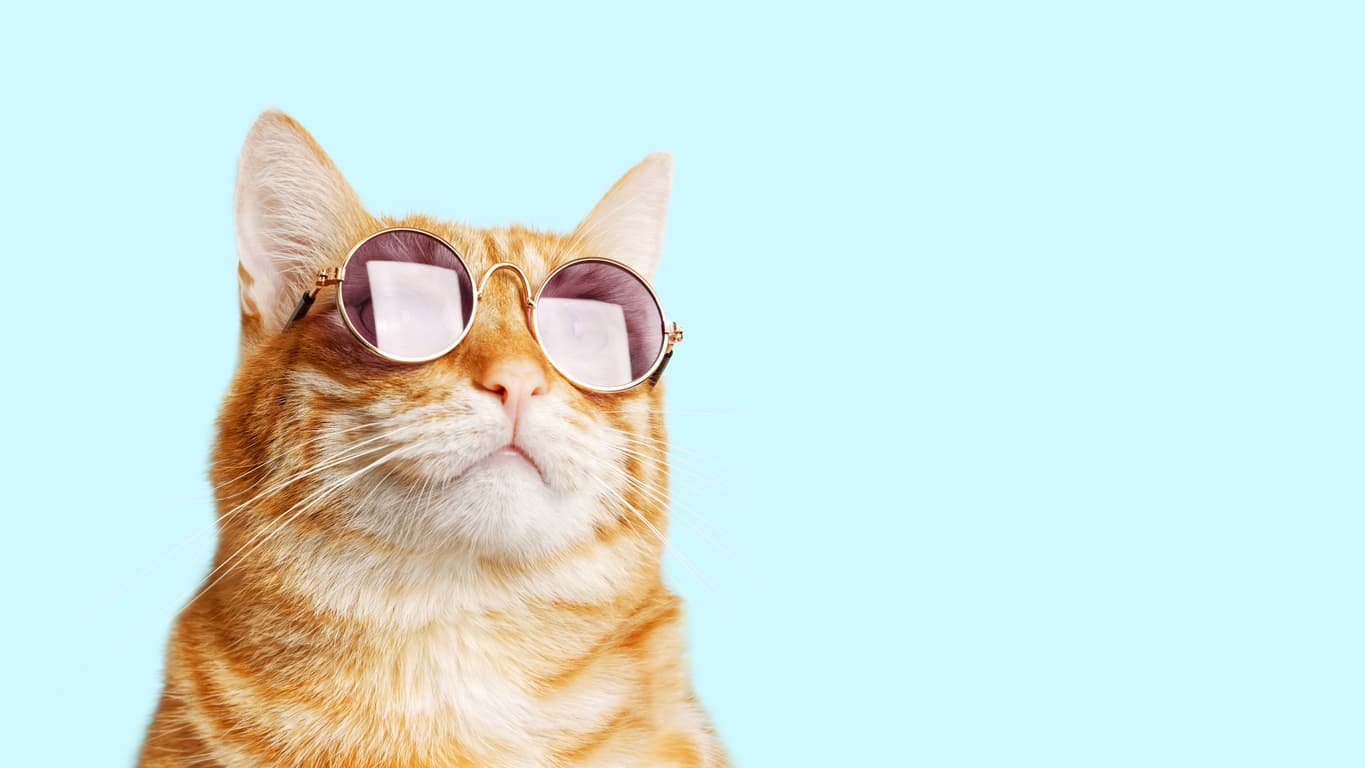Have you ever wondered how cats see the world? As humans, we experience our surroundings with a vibrant spectrum of colors, details, and depth. For cats, however, the world looks quite different due to their unique eye structure and sensory adaptations. Understanding how cats perceive their environment can help deepen your connection with your feline friend and even improve their quality of life.
Table of Contents
ToggleThe Anatomy of a Cat’s Eye
To understand how cats see the world, it’s essential to explore the anatomy of their eyes. Cats have large, forward-facing eyes that grant them excellent binocular vision. This allows them to judge distances accurately—a vital skill for hunters.
Some of the unique features of a cat’s eye include:
- Tapetum Lucidum: A reflective layer behind the retina that enhances low-light vision. This is what gives cats their distinctive eye glow in the dark.
- Vertical Pupils: Cats have slit-like pupils that can expand widely to let in more light or narrow to protect against bright light.
- Fewer Cone Cells: Cats have fewer cone cells than humans, which means their color perception is limited compared to ours.
These adaptations make cats expert night hunters, but they also influence how they experience the world during the day.
How Cats Perceive Color
Contrary to the myth that cats see in black and white, they can actually perceive colors—just not as vividly as humans. Cats are dichromatic, meaning they have two types of cone cells sensitive to blue and green wavelengths. However, their ability to see red is limited.
This means:
- Cats see the world in muted tones of blue, green, and gray.
- Colors like red and pink appear more like shades of gray or brown.
- Blues and greens stand out more vividly in their vision.
If you’ve ever noticed your cat favoring certain toys, their color perception might be why. Bright blue or green toys are likely more appealing than red ones.
Depth and Motion Perception
When considering how cats see the world, their depth and motion perception stand out as vital aspects of their vision. Cats excel at detecting movement, even in dim light, which is crucial for hunting prey. However, their depth perception is not as sharp as a human’s.
Here’s why:
- Cats’ eyes are positioned closer together, giving them a narrower field of view (about 200 degrees compared to a human’s 220 degrees).
- While this enhances their ability to focus on prey, it slightly compromises their depth perception.
- Their superior ability to detect motion compensates for this limitation, allowing them to react swiftly to moving objects.
This combination of traits makes cats exceptional hunters, both in the wild and during playtime at home.
Night Vision: Seeing in the Dark
One of the most fascinating aspects of how cats see the world is their ability to see in low-light conditions. Thanks to the tapetum lucidum, cats can amplify available light, giving them a significant advantage in the dark.
Key points about cats’ night vision:
- Cats can see six to eight times better than humans in low light.
- They need only about one-sixth of the light that humans require to see clearly.
- While their vision in complete darkness isn’t perfect, even minimal light sources like moonlight or a nightlight can help them navigate effectively.
This adaptation stems from their ancestry as nocturnal hunters, giving them an edge in capturing prey when other animals are at rest.

How Cats See Humans
Understanding how cats perceive their human companions can offer insights into their behavior. To a cat, humans appear larger and less detailed than how we see each other. Cats rely more on scent, sound, and body language than on visual details to recognize their owners.
What this means for cat-human interaction:
- Cats focus on broad visual cues, such as the shape of your body and movement patterns.
- They’re more likely to recognize your voice and smell than your facial features.
- Slow blinks are a form of communication for cats, signifying trust and affection.
By knowing how cats see the world and their humans, you can enhance your bond with your furry friend through actions they understand.
Enhancing Your Cat’s Environment
Now that we know how cats see the world, you can make adjustments to enrich their surroundings. Here are some tips:
- Choose High-Contrast Toys: Opt for toys in colors cats can see well, like blue and green.
- Provide Dim Lighting: Use nightlights or soft lighting to accommodate their superior night vision.
- Incorporate Movement: Cats are drawn to motion, so interactive toys or feather wands are excellent choices.
- Minimize Visual Overload: Avoid overwhelming your cat with too many colors or patterns in their space.
Creating a cat-friendly environment tailored to their vision helps stimulate their natural instincts and keeps them entertained.
Myths About How Cats See the World
There are many misconceptions about how cats see the world. Let’s debunk some of the most common myths:
- Myth: Cats see in complete darkness.
Fact: While cats have excellent low-light vision, they still need some light to see. - Myth: Cats are colorblind.
Fact: Cats can perceive some colors, particularly blues and greens. - Myth: Cats have poor eyesight overall.
Fact: Cats’ vision is adapted for hunting, making them experts at detecting motion and seeing in dim light.
By understanding these facts, you’ll appreciate your cat’s unique perspective even more.
Final Thoughts
Exploring how cats see the world is a window into their unique perspective and remarkable adaptations. From their ability to see in low light to their motion-detecting skills, cats experience their surroundings in ways that make them extraordinary creatures. By tailoring their environment and understanding their vision, you can create a richer, more fulfilling life for your feline companion.
FAQ
What colors do cats see best?
Cats see best in shades of blue and green. While they don’t see the full color spectrum like humans, they perceive blues and greens more vividly, but reds and pinks may appear grayish or dull.
How does a cat’s vision affect their behavior?
A cat’s vision, especially their strong night vision and motion detection, affects their behavior by enhancing hunting, stalking, and play. Limited color perception means they rely more on movement, light, and contrast than on vivid colors.
Why do cats’ eyes glow in the dark?
Cats' eyes glow in the dark because of a special layer called the tapetum lucidum, which reflects light through the retina. This boosts night vision and causes the glowing effect when light hits their eyes.
How does a cat’s vision compare to a human’s?
Cats see better in low light and detect motion more effectively than humans. However, they see fewer colors—mainly blues and greens—and have less sharp visual detail. Their vision is adapted for hunting, especially at dawn and dusk.
How does a cat see a human?
Cats see humans in a more muted color palette, mainly in blues and greens, with less detail than we see. They recognize us more by shape, movement, voice, and scent than facial features—though they clearly know who we are!




